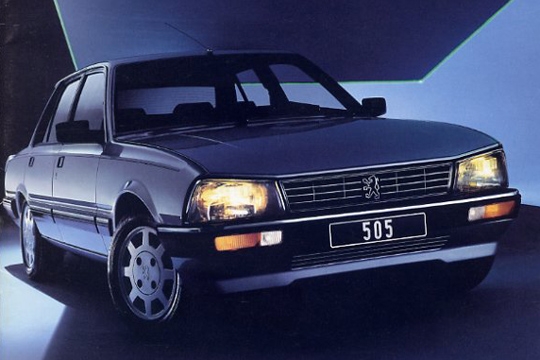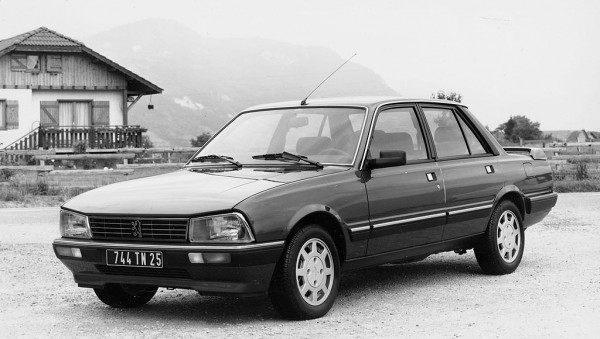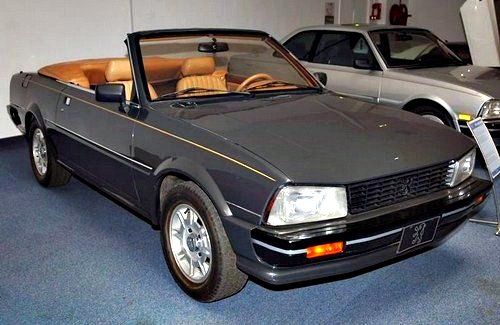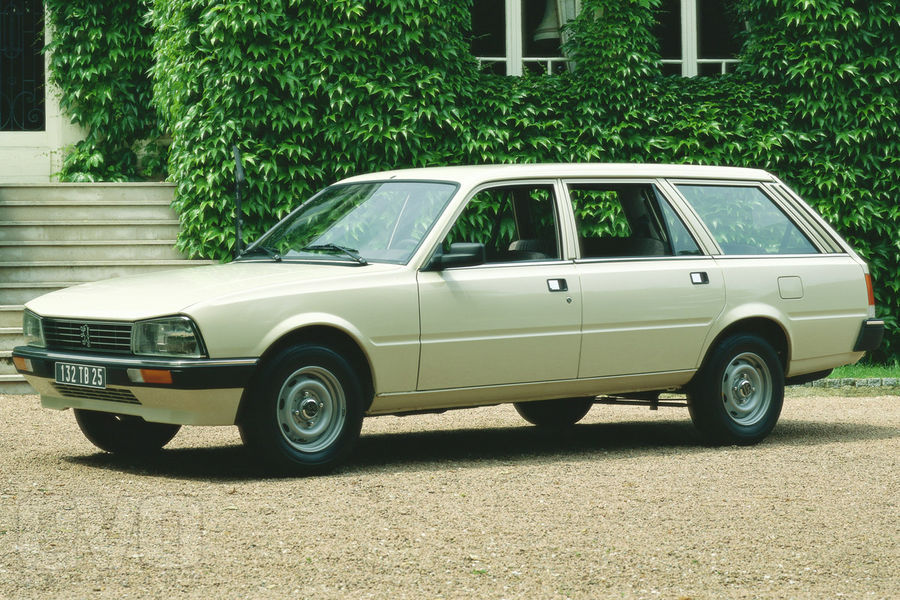Blog

Throwback Cars In Nigeria: Peugeot 505 Review
The 505 is a saloon with quite a pleasant appearance, quite efficient engines, quite comfortable seating, quite nice steering and a quite reasonable price. And it is quite well constructed. So, you might say it was merely average. But can it really be that simple? Have Peugeot in fact, played a very clever game where, instead of dazzling us with technology or breath-taking styling, they have decided to woo us with understatement of the profoundest kind?
The Peugeot 505 is a large family car produced by the French manufacturer Peugeot from 1979 to 1992 in Sochaux, France. The 505 was Peugeot's last rear-wheel drive car. It was also manufactured outside France, for example in Argentina by Sevel from 1981 to 1995, China, Indonesia and Nigeria. According to the manufacturer 1,351,254 Peugeot 505s were produced between 1978 and 1999: of these 1,116,868 were saloons/sedans.
The Peugeot 505 was the second 'all-new' model to be spun-off the 504's platform following the 604 in 1975. Like that car, the 505 was very conservatively styled, with a low-key almost anonymous look that helped make sure it failed to stand out in the executive car class. And that's a shame because, once again, this was a typically excellent Peugeot from a driving standpoint.
Class - large Family car
Body Style - 4-Door Saloon, 5-door saloon estate
Petrol engines
1796 cc XM7A I4
1971 cc XN1/XN6 I4
1995 cc ZEJ "Douvrin" I4
2155 cc N9T "Simca 180" turbo I4
2165 cc ZDJ "Douvrin" I4
2849 cc ZN3J "PRV" V6
Diesel Engines
2304 cc XD2 I4 (NA/turbo)
2498 cc XD3 I4 (NA/turbo)
Transmission
3-speed automatic ZF 3HP22
4-speed automatic ZF 4HP22
4-speed manual BA 7/4
5-speed manual BA 7/5
5-speed manual BA 10/5
Wheelbase
2,743 mm (108 in) (sedan)
2,900 mm (114 in) (wagon)
Length
4,579 mm (180 in) (sedan)
4,898 mm (193 in) (wagon)
Width
1,737 mm (68 in) (sedan)
1,730 mm (68 in) (wagon)
Height
1,424 to 1,446 mm (56 to 57 in) (sedan)
1,540 mm (61 in) (wagon)
The 505 had rear-wheel drive and the engine at the front, mounted longitudinally. The suspension system included MacPherson struts and coil springs at front and semi-trailing arms with coil springs at rear, with a body-mounted rear differential and four constant-velocity joints.

Station wagons (and most sedans built in Argentina) had instead a live-axle rear suspension, with Panhard rod and coil springs. Stabilizer bars were universal at front but model-dependent at rear. The car used disc brakes at the front, and either disc or drum brakes at the rear, depending on the model. The steering was a rack and pinion system, which was power assisted on most models.
The Cabriolet

The diesel 505s were always the biggest sellers in Europe, and if you opted for the estate (launched later in 1982) it could be fitted with a third row of seats, giving room for eight people. But the star of the range in the UK was the 130bhp GTI version, which was both fast and sure-footed. In France, the Turbo Injection model went BMW-baiting, while the smooth V6 also made for an impressive, albeit thirsty, all-rounder.
Introduced in the spring of 1982, the Break (Estate) and Familiale versions were quite different from saloons. The wheelbase was also longer, to help make it one of the most spacious in the market, at 2,900 mm (114 in).

The Familiale (family estate), with its third row of bench seats (giving a total of eight forward-facing seats), was popular with larger families and as a taxi. The two rows of rear seats could be folded to give a completely flat load area, with 1.94 cubic metres of load capacity.
In some countries, the 505 estate was used as an ambulance, a funeral car, police car, military vehicle and as a road maintenance vehicle. Still, it achieved international success on the back of enduring popularity in Africa. As a result, it's one of the most recognisable and rugged saloons on the planet. The main reason for the car’s success in developing countries was its ability to handle rutted and very poor road surfaces; the 505 was produced in Nigeria until 2006.
Posted on October 2016,27 // Author: Admin